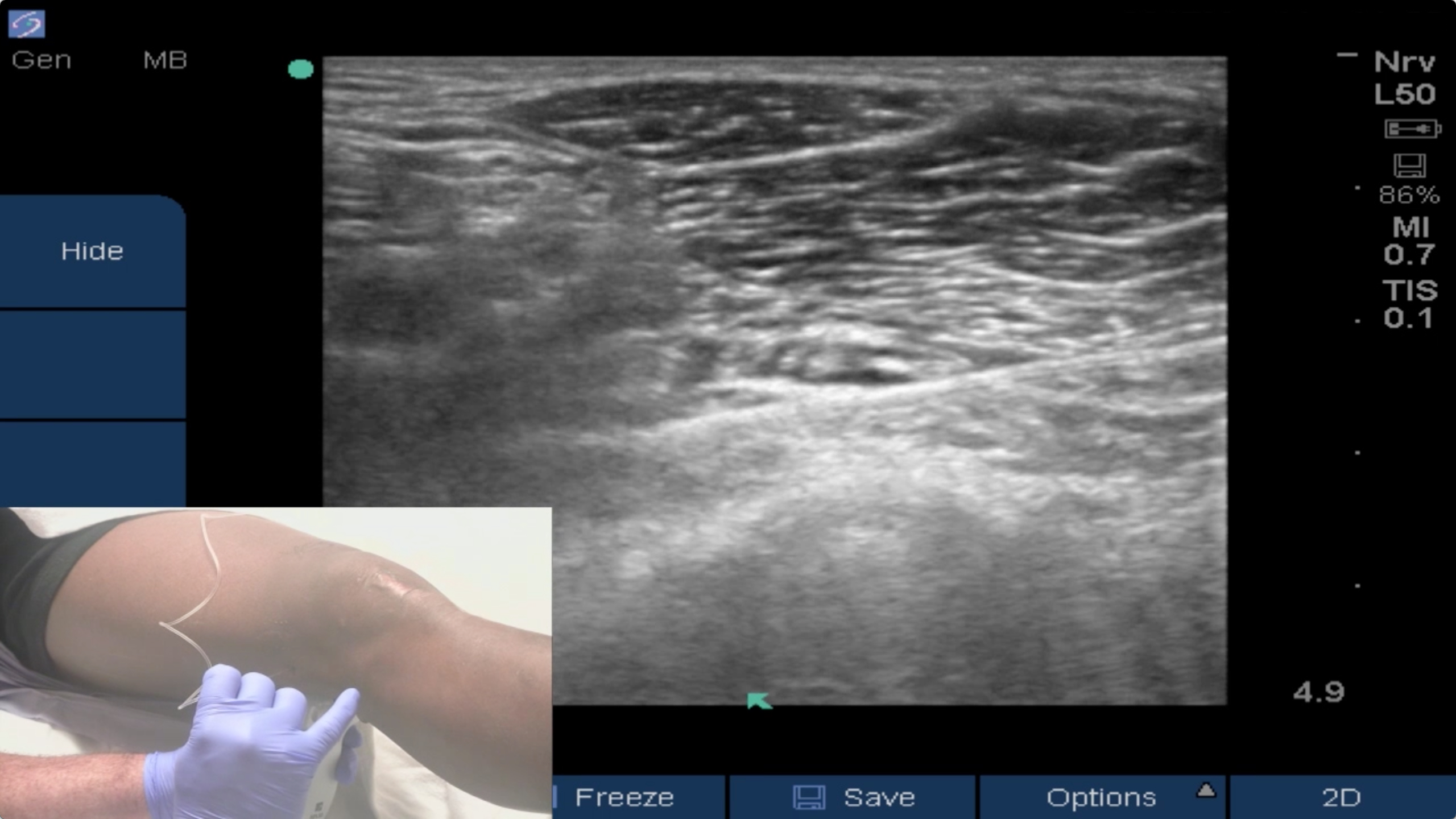
The proximal injection technique promoted greater anteromedial dye spread, while the distal injection had more anterolateral spread. Other articular branches were stained with variable frequency.īoth proximal and distal iPACK injection techniques provided a similar area of dye spread in the popliteal region and extensive staining of the articular branches supplying the posterior capsule. The proximal injection resulted in staining of superior medial genicular nerve, due to dye spread through the adductor hiatus, whereas superior lateral genicular nerve and anterior branch of common fibular nerve were consistently stained following distal injection. Of the four articular branches supplying the posterior knee joint capsule, the genicular branch of posterior division of obturator nerve was stained in all specimens. Following injection, dissection, digitization, and 3D modeling were performed to map the area of dye spread and determine the frequency of nerve staining.īoth injection techniques achieved a similar mean area of injectate spread. This cadaveric study aimed to compare the area of dye spread and frequency of articular branches staining following a proximal versus distal injection technique.Īn ultrasound-guided iPACK injection (10 mL of methylene blue dye solution) was performed in 14 lightly embalmed specimens: 7 injected using a proximal injection technique (1 fingerbreadth above base of patella) and 7 using a distal injection technique (at the superior border of the femoral condyles). The extent of injectate spread and the number of articular branches affected is currently unknown. The tip of the needle was placed 1-2 cm beyond the lateral edge of the artery, and 20 ml of 0.2% ropivacaine was injected for each side.Ī ACB was done postoperatively with 20 ml ropivacaine 0.Ultrasound-guided infiltration of the interspace between the popliteal artery and capsule of the knee (iPACK) block, a new regional analgesic technique, is believed to relieve posterior knee pain, after total knee arthroplasty, by targeting the articular branches innervating posterior aspect of the joint. A low-frequency ultrasound probe was positioned in the popliteal crease, and the needle was inserted from medial aspect of the knee from anteromedial to posterolateral direction in a plane between the popliteal artery and the femur. Patient was placed in a supine position and knee placed in position of 90° flexion. IPACK was realized after spinal anesthesia. Inclusion Criteria: - primary total knee arthroplasty under spinal anesthesia Exclusion Criteria: - Contraindication or refusal to regional anesthesia - Contraindication to non steroidal anti inflammatory (NSAID's) - Allergy to opioids - Allergy to paracetamol - Creatinine clearance 100kg IPACK block was realized after spinal anesthesia with 40 ml 0.2% ropivacaine and at the end of surgery, patients were given ACB with 20 ml 0.2% ropivacaine and continued with 4 ml/H saline for 48H

PCA morphine (Patient Controlled Analgesia), as a rescue analgesia, - Continuous ACB catheter for 48H with : 4 ml per hour 0.2% ropivacaine in group 2 4 ml per hour saline in group 1ĪCB was done in the immediate postoperative period under a high-frequency ultrasound guidance in which the adductor canal was identified beneath the sartorius muscle and 20 ml of 0.2% ropivacaine was injected in the canal using a 22-gauge 100-mm short-beveled regional block needle and a catheter was kept for 48H with 4 ml/h ropivacaine 0.2%.


Single-shot spinal anesthesia with 10 to 12 mg of bupivacaine 0.5% and 2.5ug sufentanil patients were randomly allocated to receive: - Group 1: IPACK + ACB single shoot - Group 2: contineous ACB For group 1: IPACK was realized after spinal anesthesia with 40 ml ropivacaine 0.2% All patients received ACB in the immediate postoperative period with 20 ml ropivacaine 0.2% Post operative analgesia included: - Paracetamol 1g IV every 6 hours - Diclofenac sodium (50mg) 1 tablet x 2 per day - Pregabalin 150 mg given orally once daily for a period of 4 weeks. This is a prospective, randomized and double blinded study All patients received : - Pregabalin 150 mg preoperatively 12 h before the surgery.


 0 kommentar(er)
0 kommentar(er)
